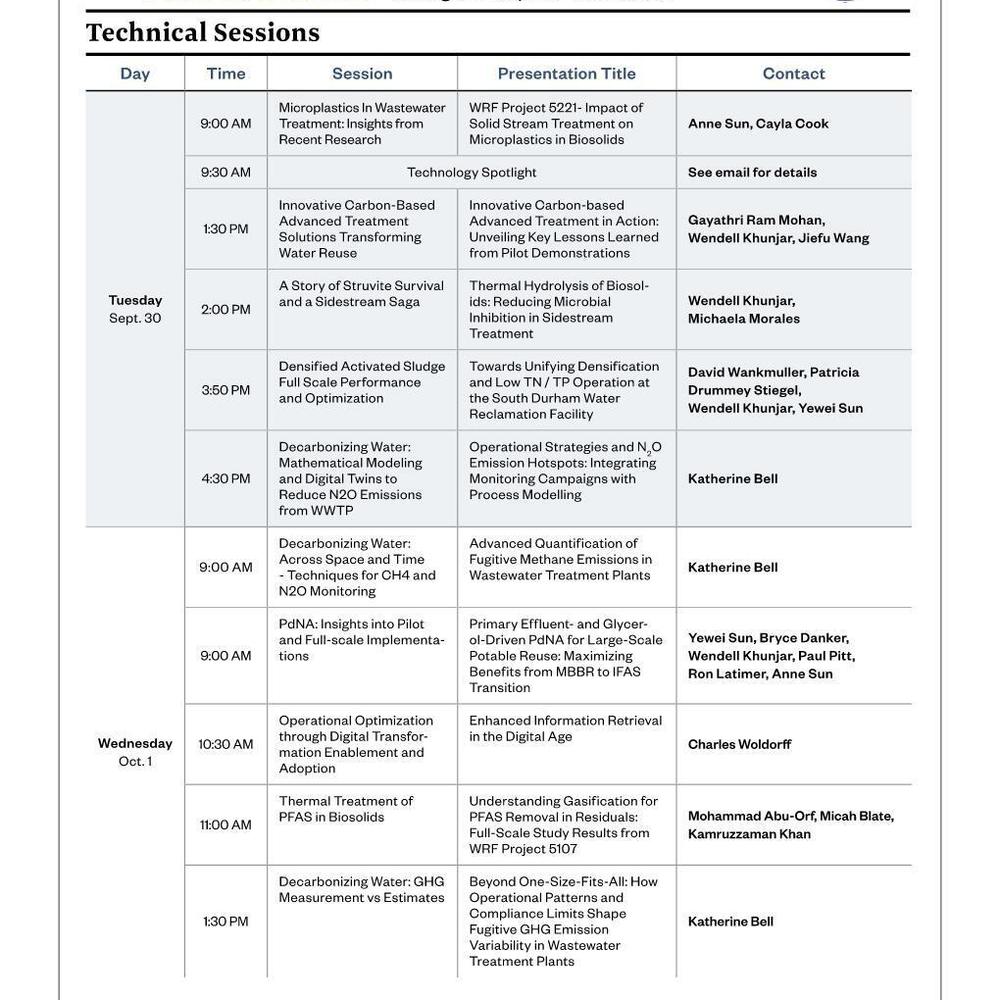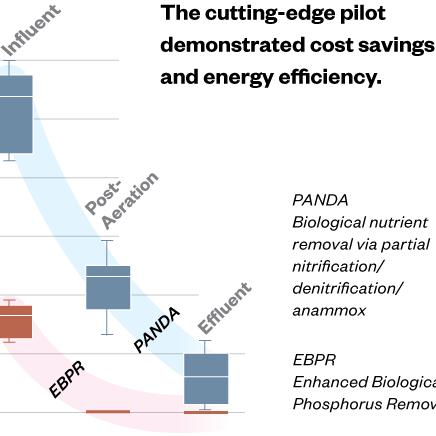Thermal Sludge Drying and Biosolids Management Flexibility - A Case Study with Athens-Clarke County
Wastewater treatment providers in the metro-Atlanta area have experienced a dramatic shift in the cost of landfill disposal of biosolids produced at their facilities, with landfill tipping fees doubling or even tripling since early 2018. This change for what has historically been a inexpensive disposal alternative follows Georgia EPD guidance on the continued processing of municipal biosolids at a Forsyth County landfill that experienced multiple slope failures in early 2018. Due to these changes many municipalities are being forced to reevaluate their biosolids management strategies, with a focus on reducing the mass and volume of sludge leaving their facilities each day, as well as the potential incorporation of beneficial reuse with the production of a Class A or Class B product.
The Athens-Clarke County (ACC) Public Utilities Department, located in Athens, GA, owns and operates three wastewater treatment facilities with a combined treatment capacity of 28 mgd (maximum month basis). Waste activated sludge (WAS) from these facilities is currently dewatered and hauled to local landfills for disposal. In anticipation of increases in landfill tipping fees, ACCPUD has tasked Hazen and Sawyer with evaluating the potential installation of a thermal sludge dryer at their North Oconee Water Reclamation Facility (NOWRF). This unit would process unstabilized dewatered WAS, evaporating the majority of the water content, and increasing the overall solids content from 18% to greater than 90%. This would effectively reduce the overall volume of sludge leaving the facility by almost fivefold at the future design condition (2035) while utilizing the existing liquid and solids handling treatment configuration. In addition, this process will produce a Class A product, which will allow for land application in local agriculture, as well as potential incorporation by a third party into marketable fertilizer products.
An initial screening of thermal sludge dryer technologies was conducted to remove from consideration those not applicable to a facility the size of the NO WRF, namely rotary drum, fluidized bed, and screw type sludge dryers. This screening process opened up the evaluation to belt dryers and paddle dryers for further consideration. A request for preliminary proposals was developed for five manufacturers, including Huber, Andritz, Gryphon, Veolia/Kruger, based on an historical data analysis and the development of future sludge production values that bring the facility out to full capacity in 2035, with and without the implementation of future anaerobic digestion (this consideration allows for the installation of primary clarifiers and anaerobic digesters prior to 2025, and incorporates beneficial reuse of digester gas to potentially assist in heating the thermal sludge dryer). These proposals provided detailed process flow diagrams, preliminary schematics, anticipated operations and maintenance costs, and preliminary budgetary capital costs. Upon receipt of the proposals a series of site visits were planned and conducted to allow ACCPUD staff to witness various sludge dryers in operation, to discuss their operation and maintenance requirements with plant staff, and to allow manufacturer representatives to help clarify any concerns with regard to the units.
The selection of the thermal sludge dryer technology will be based on a mixture of quantitative considerations, such as anticipated cost of maintenance and upfront capital cost of the unit, as well as more qualitative concerns such as ease or difficulty of operation and bulk density of final product. As part of this selection, estimated capital construction costs and 20-year life cycle costs will be developed for each technology to assist ACCPUD in their selection process. Upon selection of the dryer technology ACCPUD anticipates entering detailed design. This presentation will present the results of the technology evaluation/selection process, and will provide a status update on the detailed design process if applicable.











